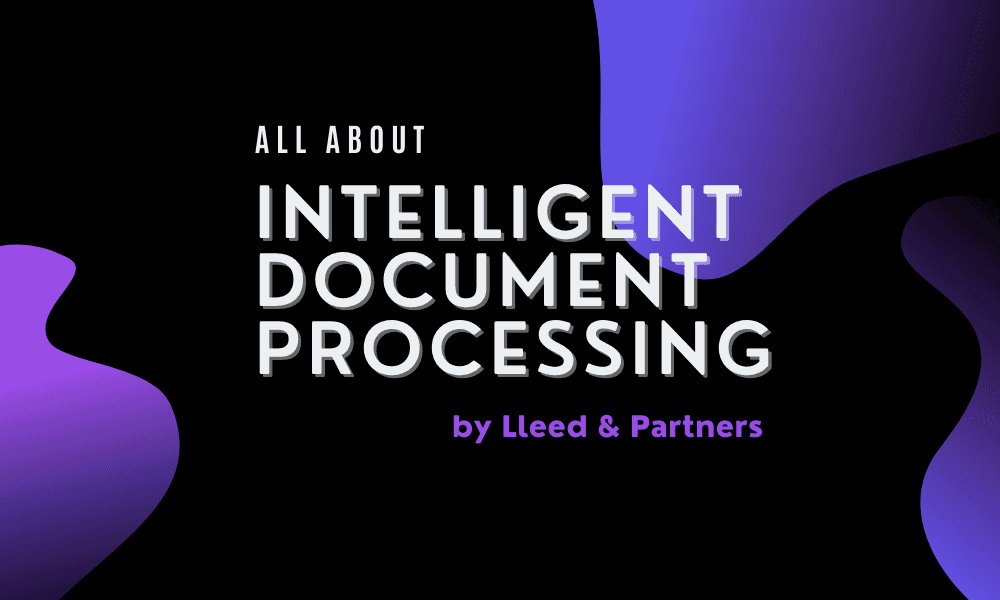
Automating document generation
Automated document generation has the potential to revolutionize how businesses create and disseminate important documents. By automating the creation process, businesses can not only save time, but also improve the quality and coherence of their documents.
Introduction
Automated document generation refers to the use of software and technology to automatically generate documents based on pre-defined templates and content. This can include contracts, reports, marketing materials, and more. By automating the document creation process, businesses can save time and resources, improve the consistency and quality of their documents, and enhance brand perception.
Main Gains to Automated Document Generation
Content-driven
Focus on creating high-quality content without worrying about formatting, leading to more efficient document creation and maintenance, greater flexibility in layout and formatting, and improved document quality and coherence.Reproducible and coherent formatting
Create on-brand templates, ensuring all documents have a consistent look and can easily be updated over time: no documents fall out of date.On-demand generation
Generate on-the-fly documents with the most up-to-date information and custom content, while also minimizing storage needs and the need for manual updates.There are several key benefits to automated document generation. One of the main advantages is the ability to take a content-first approach. With automated document generation, the layout and styling of a document can be defined as a templates, while the content can be easily versioned and updated. This allows collaborators to focus on creating high-quality content, without worrying about formatting, which can lead to more efficient document creation and maintenance, as well as reduced friction in the content sourcing process.
Another key benefit of automated document generation is the ability to create reproducible and consistent documents. By using templates that can be either provided or created, businesses can ensure that all of their documents have a consistent look and feel, which can help to improve brand perception. When needed, these templates can be updated to reflect changes in branding or design, and applied to all documents. This can help to ensure that all documents are up-to-date and that no documents fall out of date.
Finally, automated document generation allows businesses to generate documents on demand, as needed. This can be especially useful for businesses that need to generate large numbers of documents on a regular basis, such as invoices or reports, but also to generate documents with custom content, such as marketing materials. Using user specific data, the documents can be adapted to better suit the needs of the user.
Key Elements to Successful Automated Document Generation
There are several key elements to consider when implementing automated document generation in your business. One of the most important factors is the use of easily usable exchange formats for file content. Markdown or its extensions (e.g. mdx) are widely used, as these formats have a very lightweight syntax, that is already well-known to most collaborators. Being content-first, they also allow easy versioning, collaboration and indexation of content.
Another important element is the use of easily customizable templates. Templates will usually be provided by the service provider or by a third-party, however they must remain easy and flexible to work with, so that brand updates and layout changes can be made without requiring elaborate intervention.
Finally, it's important to have tools and technologies that allow for on-the-fly document generation and previewing. This will allow businesses to quickly and easily generate documents and ensure that they meet their desired specifications.
Key implications of an automated document generation pipeline
Content-first, lightweight source files.
Use simple file formats, such as .txt or .md, to store content, which can then be easily versioned, indexed and collaborated on. This reduces friction at the content sourcing stage.Easily modifiable templates.
Use templates that can be easily modified to reflect changes in branding or design, and applied to all documents. This ensures that all documents are up-to-date and that no documents fall out of date.Leverage on-demand document generation
Generate documents on demand, as needed, using user or time-specific data, driving engagement and improving user experience.Existing Implementations and Toolings
There are several existing solutions and toolings available for automated document generation. One approach is to use no or low-code platforms, such as automated invoices or Formstack, which allow businesses to create documents without the need for coding expertise.
Another option is to use HTML printing using web browsers, although this can be tedious and time-consuming. A more versatile and suitable option for generating high-quality and data-heavy documents, such as McKinsey reports, is to use HTML to PDF tools such as PDFReactor or Prince.
Working with Custom Solutions
If you're considering implementing automated document generation in your business, it's important to be prepared and to start by automating heavily used document pipelines, such as invoices, trade confirmations, and reports. This will allow for easier user transitioning and will help to identify and address any bottlenecks in the document generation process. Once these pipelines are successfully automated, businesses can then expand the use of automated document generation to other document production pipelines, even those with heavily customized content and layout.
Related services
UI/UX Design
User experience is the most important success criteria for modern products. Discover how we can help you by using thorough techniques to reduce friction and improve satisfaction.Artificial Intelligence and Machine Learning
Artificial Intelligence and Machine Learning allow you to facilitate complex and scalable tasks so that you can focus on higher value-added tasks.Cloud Infrastructure
Our experts advise you in cloud solutions choices and management (AWS, Microsoft Azure), we help you design and scale cloud architectures that fit your needs.Get in touch
Lleed & Partners experts are here to help you in the digitalisation process, from strategy to implementation. Let's discuss your current needs, and how we can help you achieve your goals.
Contact usRelated insights

Structuring data using artificial intelligence
Unstructured data such as chats or email contains valuable information that can be used to improve business processes. We explain how to structure this data using latest AI technologies.
